Art has always been an essential part of human culture, showcasing creativity, historical significance, and also the emotional depth. Moreover, it serves as a powerful reflection of societal values and personal expression. Consequently, some paintings are not merely considered masterpieces but have also become valuable assets, fetching eye-popping sums at auctions. As a result, these artworks have transformed into symbols of wealth and cultural prestige. Below, we will dive into the world of the most expensive paintings ever sold, consequently unveiling their unique characteristics and the staggering prices they’ve reached.
Who is Salvator Mundi?
Salvator Mundi is a painting attributed to the renowned Renaissance artist Leonardo da Vinci. So, the subject of the artwork is Jesus Christ, depicted in a serene pose, holding a crystal orb in his left hand and raising his right hand in a gesture of blessing.
However, the painting’s origins are shrouded in mystery, and its authenticity was debated for years before it was finally confirmed as a work by da Vinci. Moreover, little is known about the life of Salvator Mundi as a standalone entity, but its story is deeply tied to Leonardo’s broader life. Born in 1452, Leonardo da Vinci was a polymath, excelling in various fields such as painting, science, engineering, and anatomy.
His artistic style was marked by precision, realism, and an unparalleled ability to capture human emotion. Salvator Mundi was likely painted around 1500, during a period of transition in Leonardo’s career. Despite being lost for centuries, the painting resurfaced in the 21st century, ultimately becoming the most expensive artwork ever sold at auction, fetching a record-breaking $450.3 million in 2017. As a result, the sale highlighted Leonardo’s enduring legacy and the immense value of his masterpieces
1. Leonardo da Vinci by Salvator Mundi


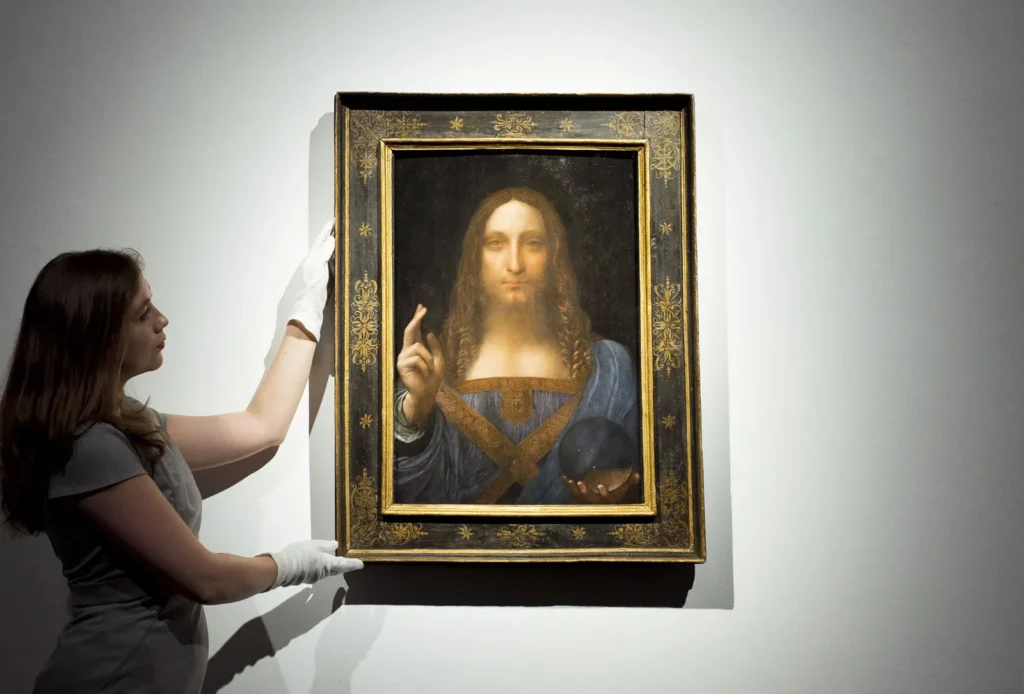
- Sale Price: $450.3 Million
- Date Sold: November 15, 2017
- Auction House: Christie’s, New York
- Buyer: Prince Badr bin Abdullah bin Mohammed bin Farhan Al Saud, acting on behalf of the Saudi Crown Prince
As a result, this sale marked a significant milestone in the art world.
Salvator Mundi, attributed to Leonardo da Vinci, holds the record for the most expensive painting ever sold at auction. In fact, the depiction of Jesus Christ in Renaissance style fetched $450.3 million in 2017, further signaling the immense global value of da Vinci’s work. Consequently, this sale underscored the continued fascination and reverence for masterpieces created by legendary artists. Despite its centuries-long disappearance, this sale demonstrates the enduring significance of Renaissance masterpieces.
2. Interchange by Willem de Kooning ( Most Expensive Paintings )



- Sale Price: $300 Million
- Date Sold: September 2015
- Buyer: Kenneth C. Griffin, a hedge fund manager
As a result, this transaction further highlighted the growing demand for high-value modern art in the market.
So, the Interchange, painted by Willem de Kooning in 1955, is an Abstract Expressionist masterpiece, widely renowned for its dynamic brushstrokes and striking color palette. Moreover, it exemplifies de Kooning’s innovative approach to abstraction, further solidifying his place in art history. In addition, the painting exemplifies the boldness and energy that characterize de Kooning’s style. As a result, in 2015, it was privately sold for $300 million, thereby becoming one of the most expensive pieces of modern art ever sold. Furthermore, this painting reflects de Kooning’s groundbreaking approach to abstraction, showcasing his innovative techniques and vision.
3. The Card Players by Paul Cézanne ( Most Expenses Paintings )



- Sale Price: $250 Million
- Date Sold: 2011
- Buyer: Royal Family of Qatar
As a conclude, this sale underscored the increasing global demand for Post-Impressionist works, particularly those by Cézanne.
Hence, Paul Cézanne’s The Card Players from 1892 represents one of the artist’s greatest achievements. Moreover, it showcases his mastery in capturing the subtle complexities of everyday life. Moreover, this masterpiece was sold for $250 million in 2011 to the Royal Family of Qatar, highlighting the growing global demand for Post-Impressionist works. Additionally, the painting exemplifies Cézanne’s skill in capturing the intricacies of everyday life, showcasing his unique perspective and attention to detail.
4. Nafea Faa Ipoipo (When Will You Marry?) by Paul Gauguin ( Most Expensive Paintings )
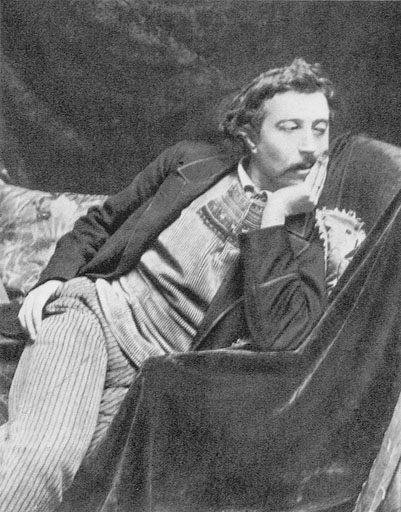
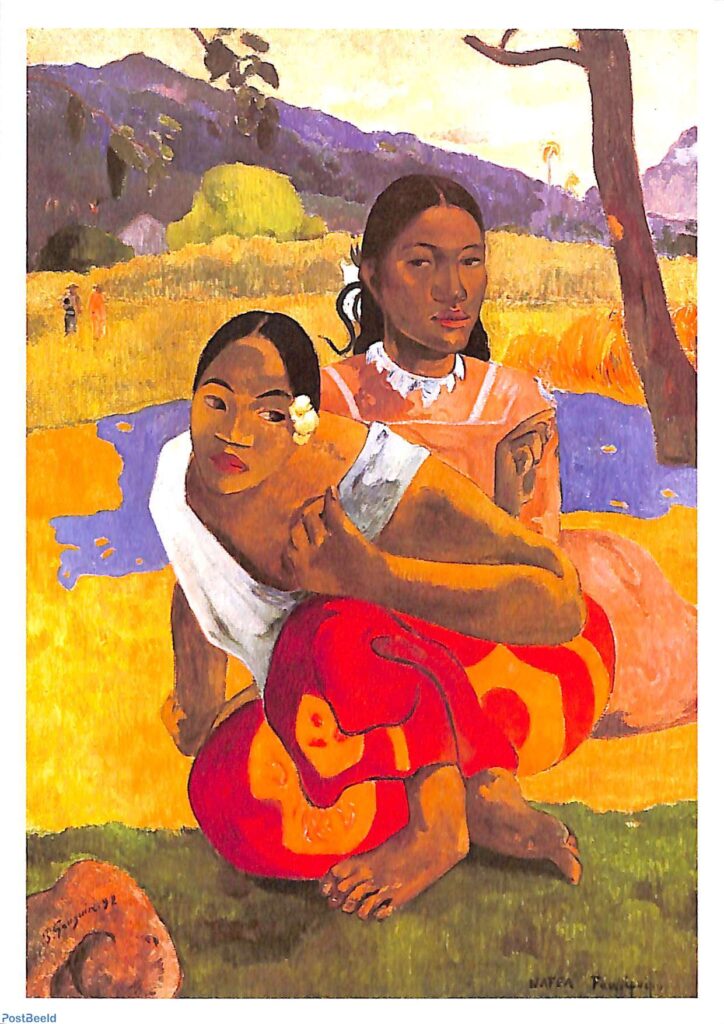

- Sale Price: $210 Million
- Date Sold: February 2015
- Buyer: Unknown
Paul Gauguin’s Nafea Faa Ipoipo (1892) depicts two Tahitian women in vivid colors, thus showcasing the artist’s fascination with Polynesian culture. Furthermore, in 2015, the piece was privately sold for $210 million, thereby setting a new record for Gauguin. Furthermore, its rich cultural imagery and post-impressionist style contribute to its enduring status as a remarkable work of art.
5. Number 17A by Jackson Pollock ( Most Expensive Paintings )
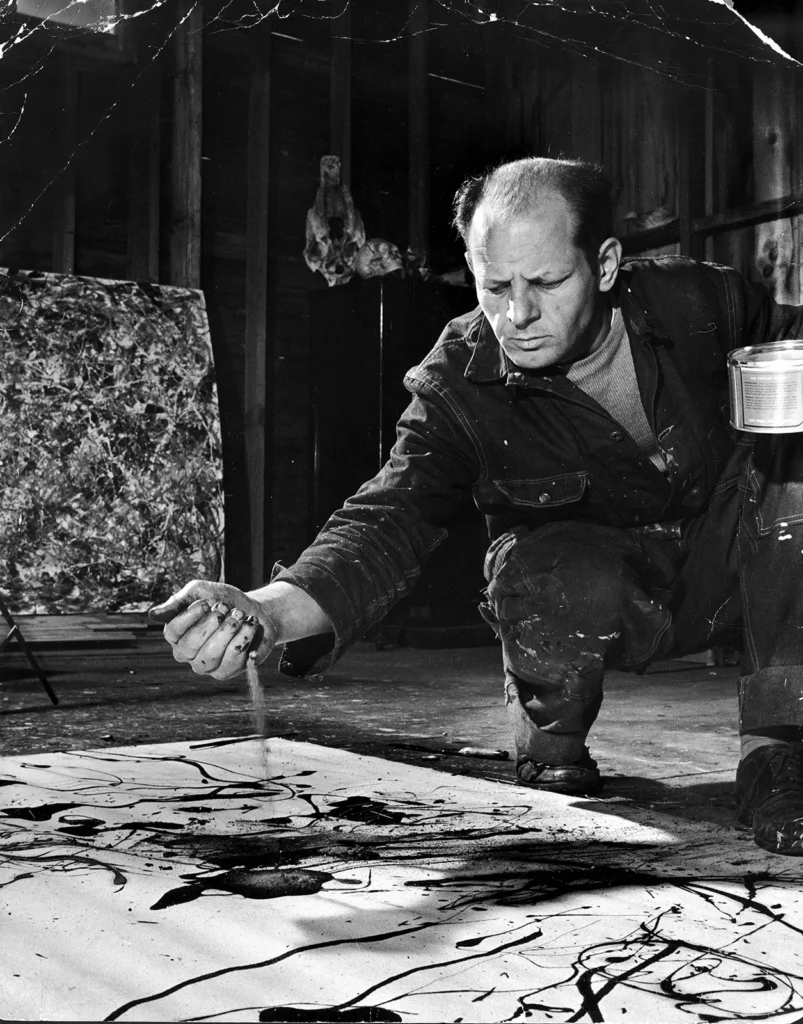


- Sale Price: $200 Million
- Date Sold: September 2016
- Buyer: Kenneth C. Griffin
Furthermore, Jackson Pollock’s Number 17A (1948) is an iconic Abstract Expressionist painting, widely renowned for its unique drip technique. Moreover, it exemplifies the raw energy and emotion that define Pollock’s groundbreaking approach to art. In 2016, it was sold for $200 million, thus cementing Pollock’s reputation as a transformative figure in modern art. Consequently, this sale reflects the immense value of Pollock’s contributions to Abstract Expressionism, further solidifying his place in art history.
6. Les Femmes d’Alger (Version O) by Pablo Picasso ( Most Expensive Paintings )
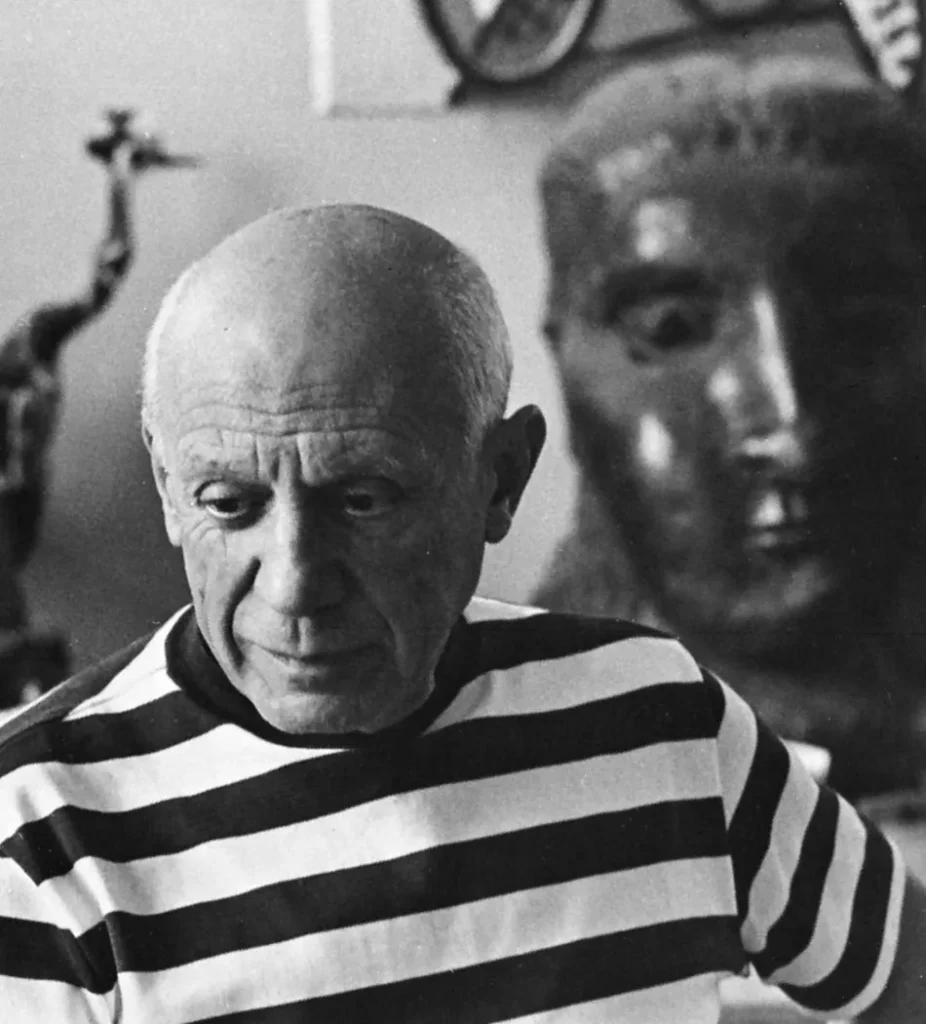
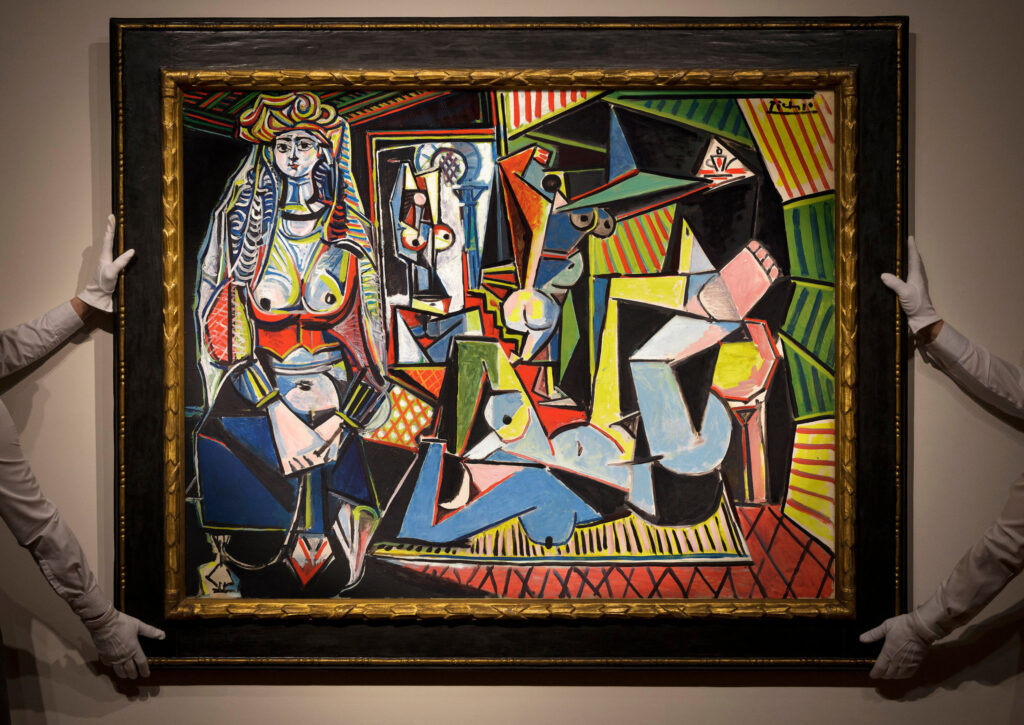

- Sale Price: $179.4 Million
- Date Sold: May 2015
- Auction House: Christie’s, New York
- Buyer: Unknown
Pablo Picasso’s Les Femmes d’Alger (Version O), created in 1955, portrays the female form in an abstract style. Additionally, it reflects Picasso’s innovative approach to cubism and his continual evolution as an artist. In 2015, it was sold for $179.4 million at Christie’s auction, further highlighting its significance in the art world. Moreover, this work is one of Picasso’s most celebrated pieces, demonstrating his innovation and mastery over form and composition.
7. No. 6 (Violet, Green and Red) by Mark Rothko ( Most Expensive Paintings )



- Sale Price: $186 Million
- Date Sold: May 2014
- Buyer: Dmitry Rybolovlev (Russian Billionaire)
Mark Rothko’s No. 6 (Violet, Green and Red), a stunning example of color field painting, sold for $186 million in 2014. As a result, this sale further solidified Rothko’s reputation as a key figure in Abstract Expressionism. Moreover, the abstract painting, known for its emotive color blocks, became one of the highest-selling works of Abstract Expressionism. Furthermore, this sale reflects Rothko’s profound influence on the art world, solidifying his legacy as a pioneering figure in modern art.
8. Woman III by Willem de Kooning ( Most Expensive Paintings )
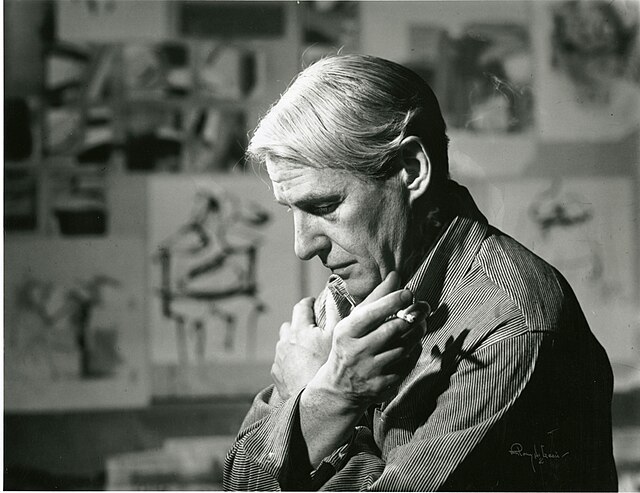

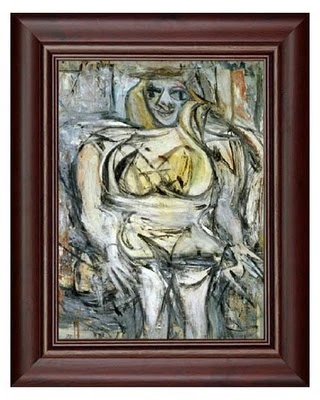
- Sale Price: $137.5 Million
- Date Sold: 2006
- Buyer: Steven A. Cohen
Woman III, part of Willem de Kooning’s famous series of distorted female figures, sold for $137.5 million in 2006. Consequently, this sale highlighted the immense value placed on de Kooning’s work, solidifying his legacy in the art world. As a result, this record-breaking sale underlined de Kooning’s significance in Abstract Expressionism. Moreover, his work continues to shape modern art, further demonstrating his lasting impact on the artistic landscape.
Conclusion: The Value of Iconic Artworks

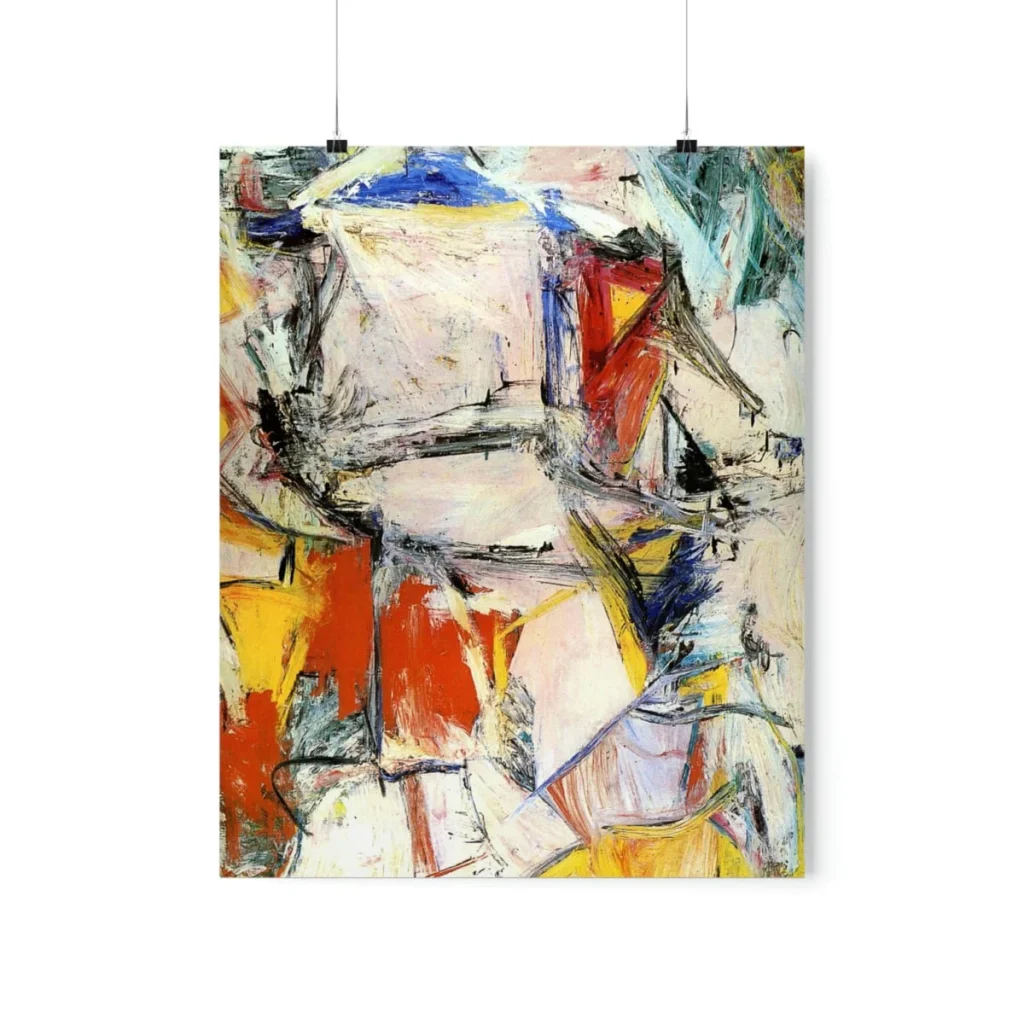





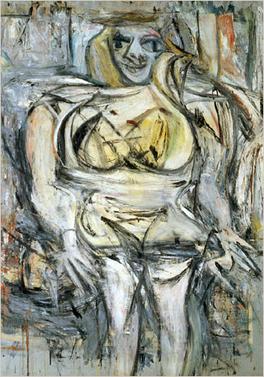
The world’s most expanses paintings offer more than just their price tags—they embody cultural milestones, artistic mastery, and historical legacies. So, from the iconic Salvator Mundi by Leonardo da Vinci to the bold abstractions of Jackson Pollock’s Number 17A, these masterpieces have shaped the trajectory of art history. With each sale, these paintings become even more integral to the global art market, drawing attention from collectors and institutions alike.
Additionally, Art collectors around the world value these works for their emotional resonance, cultural influence, and exceptional artistry. The legacy of these paintings—whether from Renaissance, Abstract Expressionism, or Post-Impressionism—proves that the value of art is timeless, both as an investment and a cultural treasure. The ever-growing demand for these masterpieces ensures they will continue to inspire awe and admiration for generations to come.









